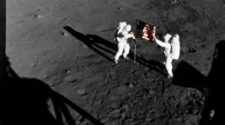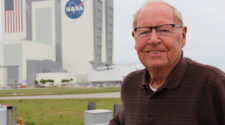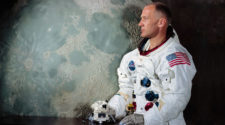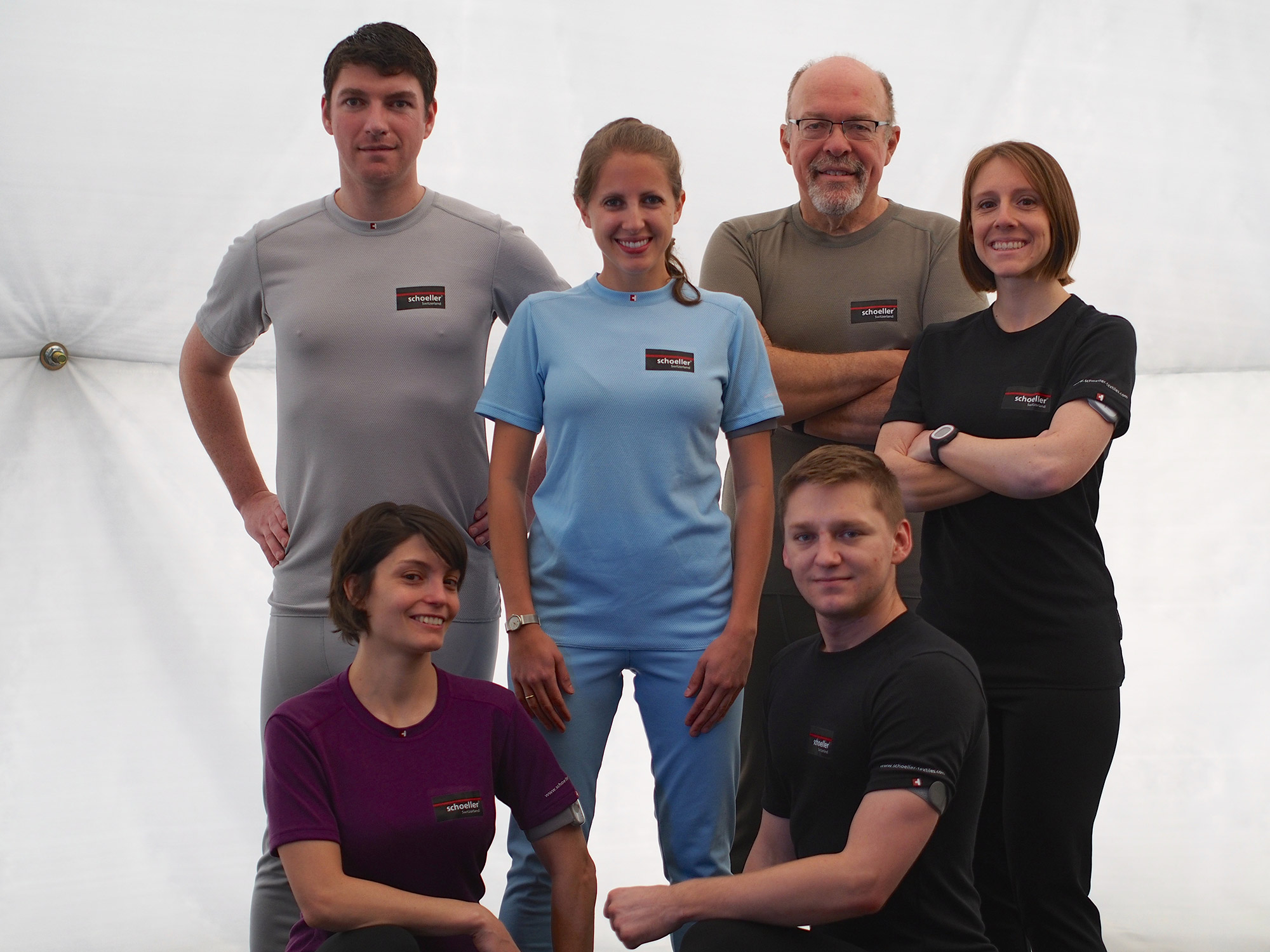
Mission Psychologist: Dr. Ron Williams
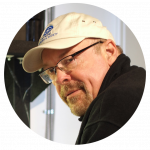 Dr. Williams was born and raised in Bloomington Indiana. He received his BA degrees in Psychology and Chemistry at Indiana University Bloomington in 1976. He received his MA degree in Experimental Psychology with a concentration in gerontological psychology from the University of Notre Dame and his PhD in Neuropsychology from Ball State University in Muncie, Indiana.
Dr. Williams was born and raised in Bloomington Indiana. He received his BA degrees in Psychology and Chemistry at Indiana University Bloomington in 1976. He received his MA degree in Experimental Psychology with a concentration in gerontological psychology from the University of Notre Dame and his PhD in Neuropsychology from Ball State University in Muncie, Indiana.
After a short time working as an analytical chemist he returned to graduate school in psychology and later worked as a counselor and therapist as well as director of programming for older adults at the Dunn Community Mental Health Center in Richmond Indiana from 1979 to 1991.
He has been a part of the professional staff at Fort Wayne Neurological Center since 1991 and is the director of the Neuropsychology Dept. Fort Wayne Neurological Center is one of the largest Neurology/Neurosurgery/Neuropsychology practices in the Midwest.
Dr. Williams’ practice involves diagnosing and treating patients with a wide range of neurological and psychological disorders. He is board certified in Neuropsychology by the American Board of Professional Neuropsychology and Diplomate of the American College of Professional Neuropsychology. He is also adjunct professor of psychiatry for the Indiana University School of Medicine. Dr. Williams’ most recent research and publications pertain to the identification and measurement of cognitive dysfunction in dementing illnesses and multiple sclerosis.
Dr. Williams’ passion for space exploration dates back to the 1960s as a young boy who was obsessed with everything related to the early days of the US and Russian space programs. He has visited the Kennedy Space Center 28 times since his first visit at age 15 when he witnessed the launching of Apollo 15. He has had the privilege of meeting all three Apollo 11 astronauts and is an avid collector of space related books, artifacts and astronaut autographs.
As a 13 year old, in the 1960s, Ron and a handful of his “space inspired” buddies built a life-size mock-up of a Gemini spacecraft and stayed inside the capsule for extended periods during the time that actual Gemini missions were going on in space.
He is an avid amateur photographer and astronomer. He vehemently believes that man is driven and destined to explore the universe around him and in the process of that exploration will develop and discover countless medical, social and technological advances that will benefit civilization.
Dr. Williams’ individual research interest, while on the HI-SEAS mission is exploring the cognitive, personality and psychological characteristics of the crew and their relationship to adjustment, group dynamics and mission success. The effect of lighting on sleep and other adjustment factors are being studied. He is also testing astronomical equipment and techniques for telescope viewing while in space suits and electronic remote viewing within the simulation habitat.
He is organizing a public outreach involving amateur radio contacts with the HI-SEAS habitat that will be totally unique in the HAM radio community due to the imposed reception delay due to Mars-Earth distance.
Chief Engineer: Anne Caraccio
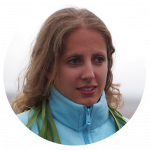 Caraccio grew up on Long Island, New York and earned her B.S. and M.S. in Chemical Engineering from Manhattan College.
Caraccio grew up on Long Island, New York and earned her B.S. and M.S. in Chemical Engineering from Manhattan College.
Caraccio came on board full time with NASA in 2011 after completing three semesters in the NASA Co-op Program. She is currently working as a chemical engineer on several projects that support deep space exploration.
One main project involves developing a system for recovering logistical waste from long duration space missions to produce usable gases for propulsion, environmental control, and life support systems.
She also supports fiber composite repair technologies for newly developed autoclave and out-of-autoclave systems, as well as chemical analysis support for projects such as Lockheed Martin’s Orion Crew Exploration Vehicle.
Caraccio is a graduate of the 2012 NASA FIRST leadership development program. She is also a Ph.D. student in the Department of Chemical and Biomedical Engineering at the University of South Florida. She is passionate about human space flight and developing systems for future deep space exploration.
She carries her passion of the space program out into the world by volunteering with numerous educational outreach events, professional societies and Girl Scouts.
Her recreational interests include softball, surfing, hiking, reading, learning and spending time with friends and family.
Medical/Life Support Officer: Tiffany Swarmer
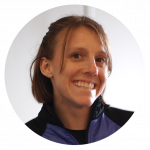 Swarmer works with the University of North Dakota’s Human Spaceflight Laboratory where she provides support as a study coordinator, research assistant, biologist, and emergency medical technician for analog habitat and spacesuit research. She has a B.S. in biology with a focus on microbiology and will be completing a M.S. in Space Studies focused on the human factors of long duration spaceflight. She has a multidisciplinary background with work in DNA sequencing, medical risk management, emergency medicine, public relations, and microbial research.
Swarmer works with the University of North Dakota’s Human Spaceflight Laboratory where she provides support as a study coordinator, research assistant, biologist, and emergency medical technician for analog habitat and spacesuit research. She has a B.S. in biology with a focus on microbiology and will be completing a M.S. in Space Studies focused on the human factors of long duration spaceflight. She has a multidisciplinary background with work in DNA sequencing, medical risk management, emergency medicine, public relations, and microbial research.
Active in the space outreach community, Swarmer enjoys promoting STEM work and education through various programs such as high altitude ballooning, tours of the UND aerospace facilities, and maintaining a connection with local media. Recently she was the Lunar analog suit tester during an internationally broadcast event at World Space Week that incorporated many countries in a friendly competition to test their developing suits.
On a leisurely note she has a great interest in fitness and enjoys a wide variety of sporting activities ranging from hiking and rock climbing to tennis and volleyball. Swarmer continues to be active in space analog research and human factors testing and is looking forward to continuing her education in the aerospace sciences.
Mission Scientist: Lucie Poulet
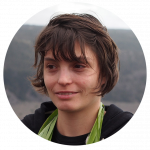 Poulet is a research associate and PhD candidate at the Institute of Space Systems of the German Aerospace Center in Bremen. She works at designing greenhouse modules for space and at optimizing lighting for plant growth, with a focus on hybrid lighting systems.
Poulet is a research associate and PhD candidate at the Institute of Space Systems of the German Aerospace Center in Bremen. She works at designing greenhouse modules for space and at optimizing lighting for plant growth, with a focus on hybrid lighting systems.
Space has always been a passion and a motor in her life. As a teenager Poulet used to spend 10 days every summer in a small amateur observatory located in the French Alps learning visual and telescope observation of celestial bodies as well as astrophotography.
In 2011 she graduated from the National Polytechnique Institute of Lorraine (France) with a Master’s in engineering of energy production and process.
In 2012 she graduated from Purdue University with a Master’s in aerospace engineering where she worked in Dr. Mitchell’s laboratory focusing on energy consumption reduction for plant lighting in space. That same year she attended the Space Studies Program of the International Space University with a focus on Space Life Sciences and a team project assessing the possibility of developing a network of spaceports in the solar system.
In February 2014 Poulet spent two weeks at the Mars Desert Research Station in Utah as an executive officer and GreenHab officer within crew 135. In her free-time Lucie enjoys training for marathons, playing rugby, dancing salsa, flying small airplanes and learning Russian.
Chief Technologist: Ross Lockwood
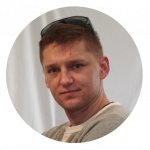 Lockwood grew up in the small Canadian town of Winfield, British Columbia, where he developed a passion for science, engineering, and space exploration.
Lockwood grew up in the small Canadian town of Winfield, British Columbia, where he developed a passion for science, engineering, and space exploration.
He earned a Bachelor of Science in Honors Physics at the University of Alberta in 2008, and is currently in the last year of his PhD in Condensed Matter Physics. In his research he investigates silicon quantum dots and their potential future use in light-based sensors. His training as an experimental physicist focused on experiment design and development, as well as extensive chemical experience in silicon processing.
Lockwood’s enjoyment of exploration and photography extends into the underwater world as an active member of the scuba diving community, both as a diver and as an assistant scuba diving instructor.
He shares his commitment to scientific outreach and passion for astronomy through public and educational initiatives at the University of Alberta Observatory, where he worked as a graduate teaching assistant for four years. He communicates his understanding of science as a guest lecturer at the University of Alberta and as a writer for the University of Alberta’s Science Contours magazine.
Lockwood is documenting his experience with HI-SEAS on his personal science blog, spincrisis.net, as well as Facebook, and Twitter.
Mission Commander: Casey Stedman
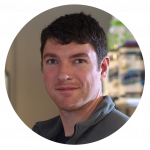 Stedman is an officer in the United States Air Force Reserve and a passionate advocate of space exploration. Commissioned in the Air Force in 2003, Stedman has logged over 2,500 hours as a navigator in C-130E/H, E-3B/C and T-43 aircraft. He is a combat veteran of both Operations Enduring Freedom and Iraqi Freedom, and has served in numerous contingency operations worldwide.
Stedman is an officer in the United States Air Force Reserve and a passionate advocate of space exploration. Commissioned in the Air Force in 2003, Stedman has logged over 2,500 hours as a navigator in C-130E/H, E-3B/C and T-43 aircraft. He is a combat veteran of both Operations Enduring Freedom and Iraqi Freedom, and has served in numerous contingency operations worldwide.
He is currently serving as a reservist in Youngstown, Ohio, and has been selected for promotion to the rank of Major in June 2014.
Stedman earned a BA in Geography from Central Washington University in 2003, and is now pursuing a Masters in Aeronautical Science from Embry-Riddle Aeronautical University Worldwide. His research focuses on Human Factors in Aviation, where he is investigating the application of Crew Resource Management (CRM) in human spaceflight, studying methods to reduce human error and increase safety in planetary exploration.
When not active with the Armed Forces, Stedman promotes aviation and space exploration by public outreach engagements like the National Space Society, The Planetary Society, and as Ambassador for the Suborbital Applications Research Group. He is active on Twitter as @casey_stedman He also enjoys hiking, backpacking, mountain biking, and alpine mountaineering.

